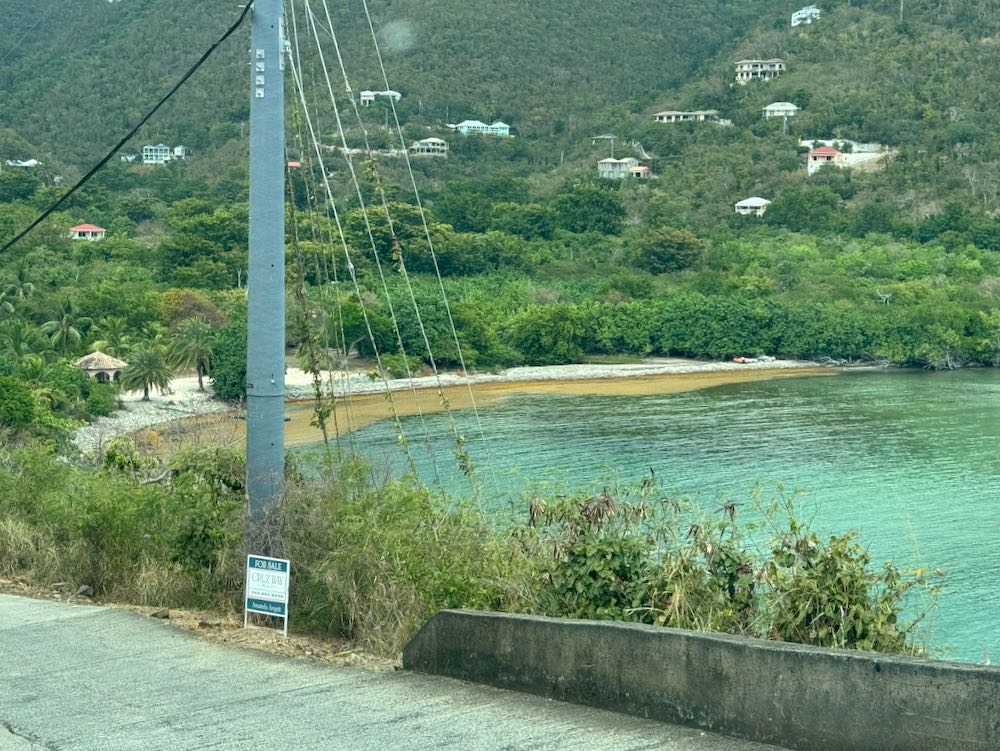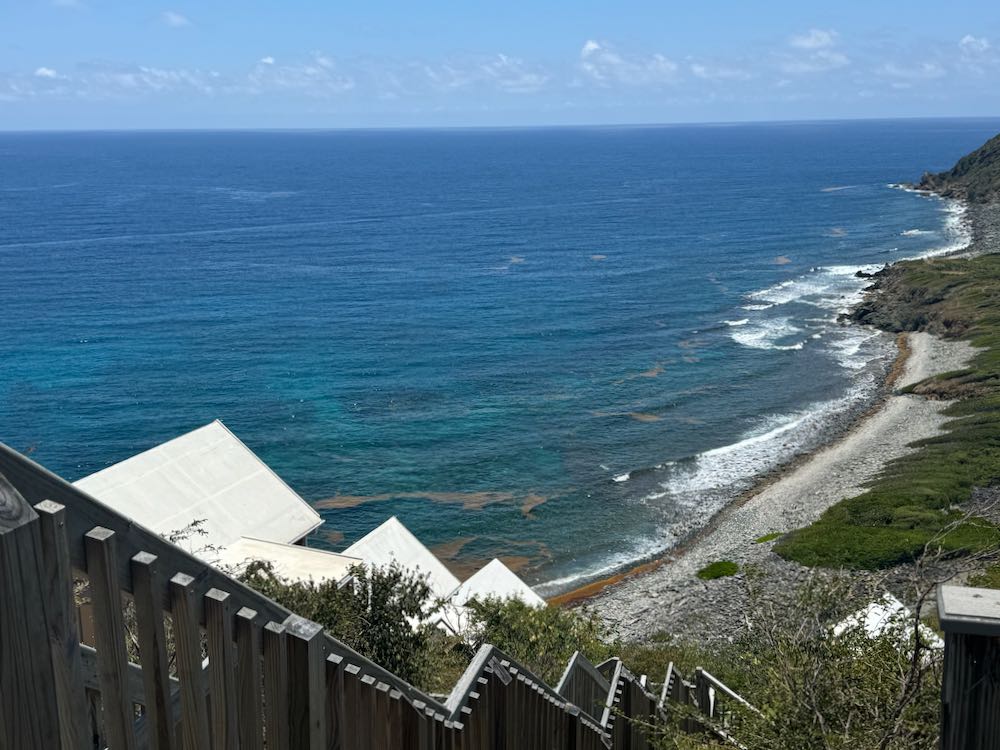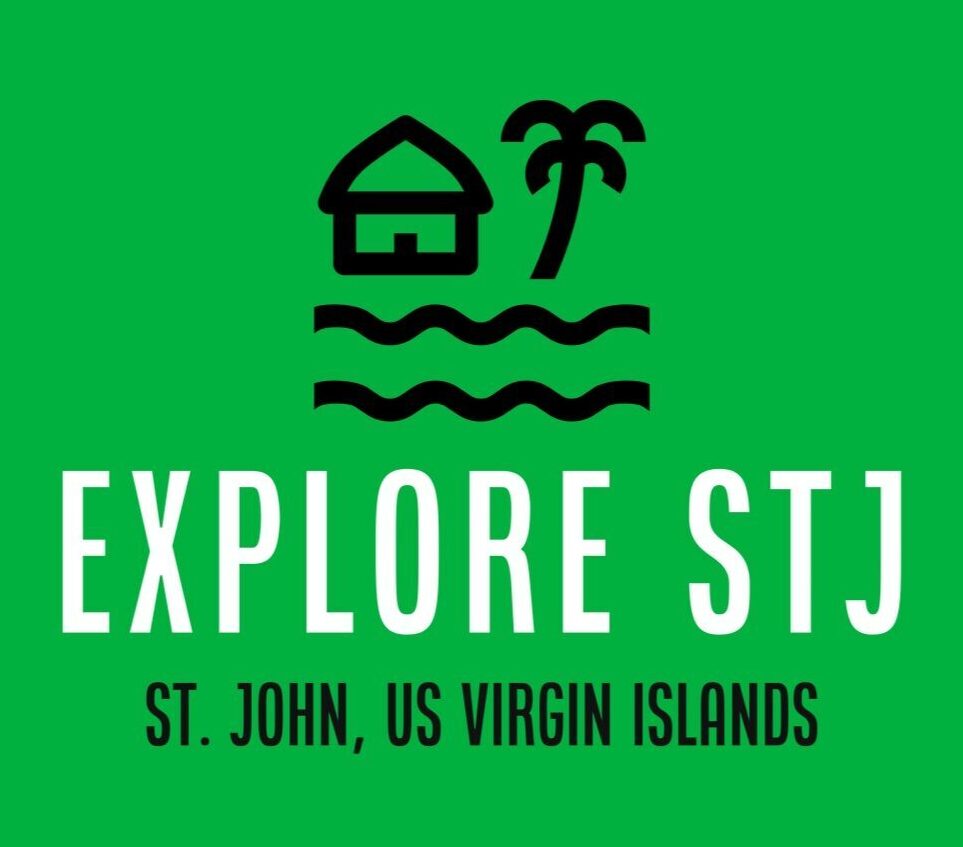
People have been emailing me quite a bit lately asking about sargassum seaweed and whether or not it’s affecting St. John. While I have seen more and more piling up in the waters around St. John, I have not seen it affect any of the island’s best beaches as of late.
Sargassum is nothing new to the US Virgin Islands. The first time I recall really seeing it affect the island was back in 2014 when it covered Cruz Bay beach. Since then, it has come and gone. You may have noticed it when flying if you like to look outside the airplane window. It almost looks like an oil slick from above.
So what exactly is sargassum? Sargassum is a type of algae that floats in island-like masses and never attaches to the ocean floor, according to the National Oceanic and Atmospheric Administration. This floating habitat can provide food, refuge, and breeding grounds for a variety of animals such as fish, sea turtles, marine birds, crabs, shrimp and more. Sargassum serves as a primary nursery area for a variety of commercially important fish such as mahi mahi, jacks and amberjacks.

There are a few downsides of sargassum, however. First, when it really pools on a beach, it is very difficult to swim through it. That means whichever beach it affects is somewhat closed off to swimming, etc. Also, when it dries on the beach and starts to decompose, it can be very stinky. It emits a smell that is similar to rotten eggs.
The good news? It’s really not affecting St. John at the moment. The better news: It rarely affects our North Shore beaches.
The winds here typically go from east to west. (That’s from Coral Bay to Cruz Bay.) This means that the sargassum, when we have a lot in the area, floats past our more popular beaches. I see it affecting Jumbie the most, as that beach faces a more northeasterly direction. But at the moment, there is a only a tiny bit of dried, and not stinky, sargassum on that beach.
St. Thomas, unfortunately, is a different story. The beaches at Margaritaville, Sapphire and the Ritz, for example, all face east. This means that sargassum often affects those resorts. The good news there is that the staff removes it regularly, so it will not affect your vacation if you are staying over there.
So as you know, I see a great deal of the island nearly every day for my Explore STJ island tours. I have not seen it on any of the island’s most popular beaches at all this year. This includes Trunk Bay, Cinnamon Bay, Maho Bay, etc. I have seen it in Fish Bay, Coral Bay and John’s Folly Bay.


So there you have it. Sargassum is not really a thing right now. If things change and become more problematic, I will absolutely let you all know. I will post regular updates at www.explorestj.com/sargassum.
In the meantime, start looking to book your next St. John vacation. The island is pretty quiet right now, so it’s a great time to book a last-minute trip!
Looking to take a St. John island tour?
Learn more here –> www.explorestj.com/tour Full & half days available. Rated “Excellent” on TripAdvisor.
Follow Explore STJ on Social Media
–> www.facebook.com/explorestj
–> www.instagram.com/explorestj
Tag: St. John sargassum seaweed
